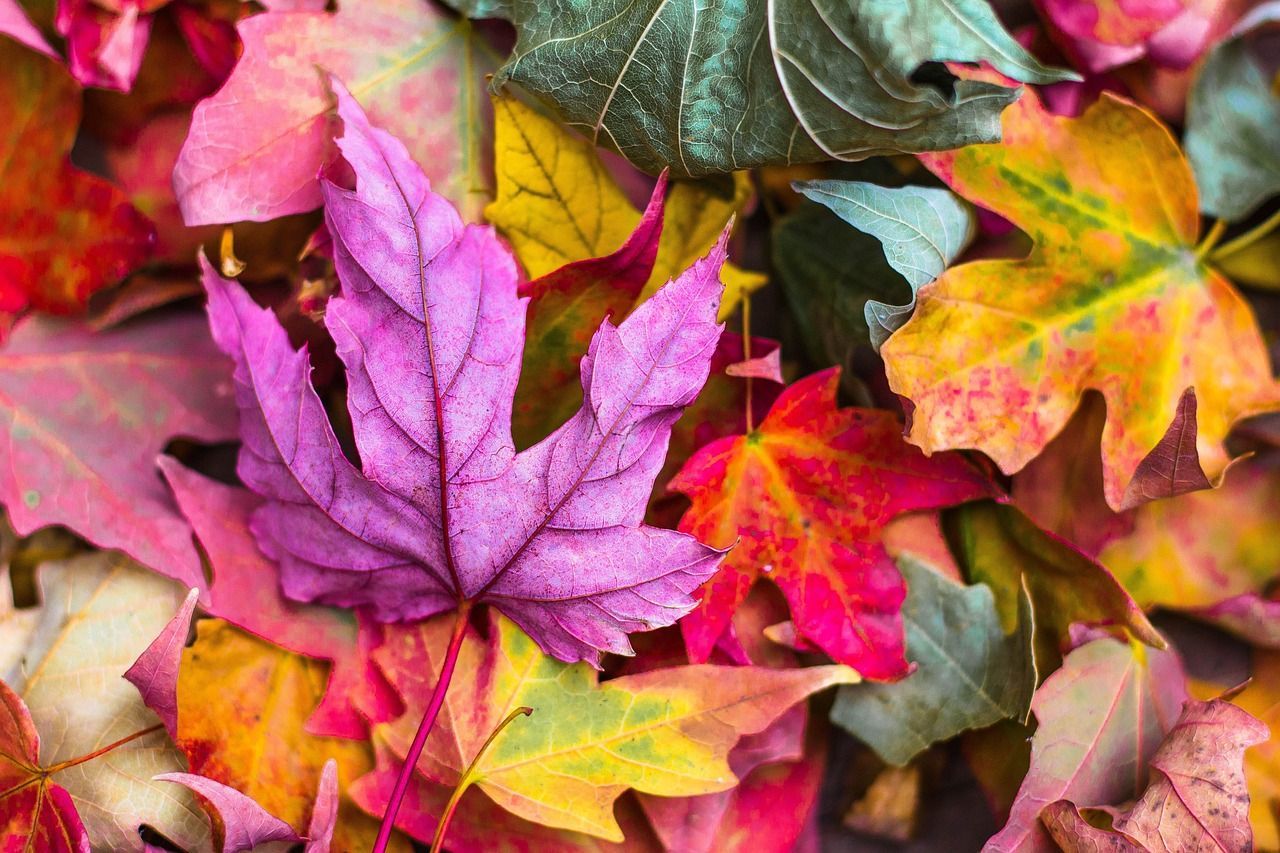As April has ended and we're now in May, the Ufema team hopes everyone is having a great spring so far. And with the weather this week, it looks like we could have an early summer too. We live in New England after all, so nothing is certain.
With the warm air coming, you might notice some parts of your home needing to be repaired or replaced. There may be cracks on your trim or rot towards the bottom due to water damage. Some homeowners don’t realize that the trim around their windows and doors may not be wood. Polyvinyl chloride, commonly known as PVC, is a widely used material for trim instead of wood or MDF. PVC trim is normally found on the outside of windows due to being very durable. Not being informed causes some homeowners and contractors to question which trim to use. Each material has its pros and cons and each is better in its own way. Chances are you're not going to put white PVC trim on a log cabin, that wouldn't make sense (and people would think you're crazy). We have two options here that can help inform you next time you call Ufema Contracting.
PVC Trim
PVC trim is a synthetic material that's cut to size for your home. This material is made up of a foamed mixture that resembles a honeycomb-like structure. Due to being synthetic PVC trim is very durable and can last for decades. PVC is typically white but can be painted to fit your home. Due to its durability, PVC requires little to no maintenance. Routine cleaning is all that's needed to ensure its longevity. Since wood is naturally porous and plastic is not, PVC is completely waterproof. Thus, it will not rot, swell, or distort like wood trim does. Instead of producing wood dust when cut, cutting PVC emits plastic dust that, if not cleaned up properly, will affect the environment. Wood is natural and breaks down more easily while plastic can take hundreds of years to decompose, and that’s if it breaks down at all.
Pros of PVC Trim
● Affordable
● Low-maintenance
● Durable
● Fire Resistant
● Termite Resistant
● Water and Mold Resistant Cons of PVC Trim
● Impacts the environment
● More difficult to install
● Requires pre-drilled nail holes
Wood Trim
Found both inside and outside your home, wood trim is sought after by many homeowners. Since wood is a natural resource, it's flexible and forgiving when installed. Wood trim can be stained or painted, but both are equally popular. This trim material is typically stained oak or oak that’s painted white. Unlike PVC, wood trim can be reused and recycled. Once removed, the wood can be re-cut and reused. Wood is also biodegradable, meaning it will break down and not affect the environment like plastic does. Wood trim will always be classic and timeless, making it admired by many.
Pros of Wood Trim
● Flexible
● Environmentally friendly
● Doesn’t require special paint since all paint adheres to wood Cons of Wood Trim
● Combustible
● Prone to pest damage
● Will eventually deteriorate
● Porous, not waterproof
● Expensive
● Requires routine maintenance
Every contractor and homeowner will choose PVC or Wood trim for their own reasons. Some may want the classic look of wood while others want the durability of PVC. PVC can last many, many years with little maintenance. Wood needs to be routinely maintained and watched in case of pest or water damage. The question of which trim material is better really depends on the home and the homeowner's needs. A great example of this is the beautiful home above that we worked on, PVC or wood, the homeowner was happy with the results and they won’t have to worry for years to come. As I stated earlier, putting PVC trim on a log cabin makes no sense, but wood trim can fit the style of any home.
Whatever trim material you decide, Ufema Contracting Inc. can help you. The trim material in your home should be discussed with a professional, so be sure to give us a call at (978) 771-7936 to discuss your home needs, and be sure to head to ufemacontractinginc.com to request an estimate for your next home repair or renovation










Share On: